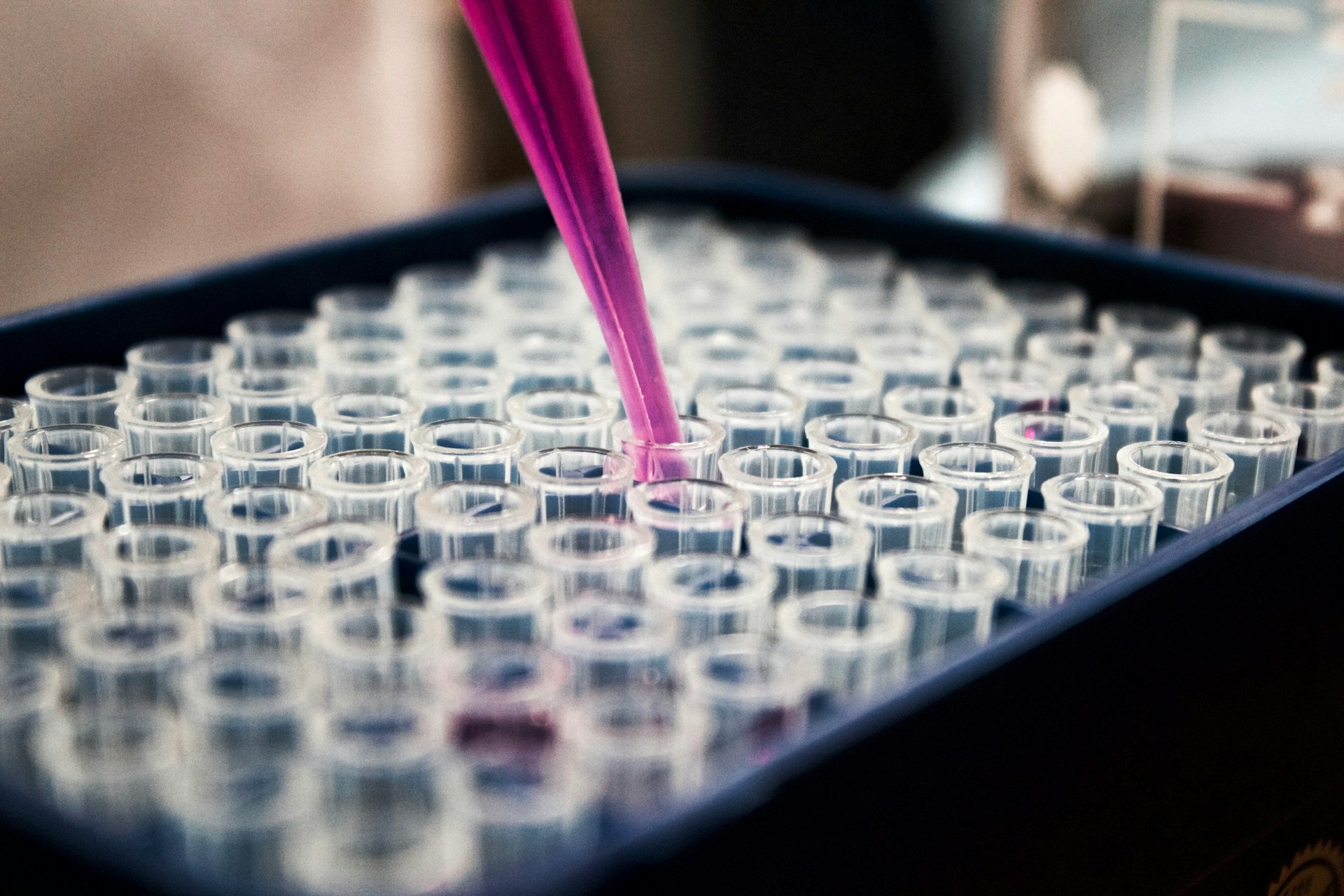Polymerase Chain Reaction (PCR) technology has become a cornerstone in molecular diagnostics, transforming the way we detect and understand infectious agents. Since its inception in the 1980s by Kary Mullis, PCR has paved the way for more precise, rapid, and accessible testing in clinical and research settings. PCR’s application is fundamental in diagnostics, allowing for the amplification of minute quantities of genetic material and enabling the identification of pathogens in various biological samples.
This blog explores the impact of PCR technology in diagnostics, examining the advancements that have enhanced its use, the products that enable PCR-based testing, and the essential role this technology plays in detecting a wide range of infectious agents.
What is PCR and Why is it Vital in Molecular Diagnostics?
PCR is a technique that amplifies specific genetic sequences, allowing for the detection of low concentrations of genetic material in a sample. The process involves the use of primers, enzymes, and temperature cycles to amplify the target sequence exponentially. This amplification makes it possible to identify genetic markers specific to particular pathogens, even when present in very small amounts.
PCR has become an indispensable tool in diagnostics, particularly in the fields of infectious disease, genetic research, and personalized medicine. It allows for:
- Targeted Detection: PCR enables the identification of genetic material from specific agents in clinical samples like blood, saliva, and tissue biopsies.
- Quantification: PCR also allows for the measurement of the genetic material's quantity, providing insights into the extent of an infection or the progression of a condition.
- Monitoring Mutations: The technology is essential for detecting genetic mutations, which is crucial for understanding antimicrobial resistance and tracking changes in pathogen characteristics.

Technological Advancements in PCR Diagnostics
The continual evolution of PCR technology has led to numerous improvements, making it more efficient, accurate, and adaptable to diverse clinical and research environments. Key advancements have focused on enhancing sensitivity, reducing time, and allowing for multiplexing, which is the ability to test for multiple pathogens in a single sample.
1. Real-Time PCR (qPCR)
Real-Time PCR, or quantitative PCR (qPCR), represents one of the most significant innovations in the PCR field. Unlike traditional PCR, which only provides a final result after amplification, qPCR monitors the amplification process in real-time. This enables the quantification of genetic material, providing vital information about the load of an infection and its progression.
- Applications in Diagnostics: qPCR is widely used for quantifying genetic material from a range of agents, providing essential information for treatment planning and monitoring responses to therapeutic interventions.
2. Multiplex PCR
Multiplex PCR allows the simultaneous detection of multiple target sequences within a single sample. This development has been critical in diagnostics, enabling the detection of co-infections or identifying different strains of a pathogen, which can present similar symptoms.
- Applications in Diagnostics: Multiplex PCR panels are particularly useful in testing for respiratory pathogens and in cases where patients may have multiple underlying infections.
3. Digital PCR (dPCR)
Digital PCR is a cutting-edge technology that provides absolute quantification of nucleic acids without the need for standard curves. This technique improves sensitivity and precision, making it invaluable for applications requiring the detection of rare or low-abundance genetic material.
- Applications in Diagnostics: dPCR is used for detecting small amounts of genetic material, especially in early-stage infections or in cases where traditional PCR methods may lack sensitivity.
PCR-Based Products for Diagnostics
As PCR technology has advanced, a wide variety of PCR-based products have been developed to meet the growing demands of molecular diagnostics. These products include reagents, kits, and automated systems designed to simplify and streamline the PCR process.
1. PCR Master Mix Kits
PCR Master Mix kits provide all the essential components for PCR reactions, including enzymes, buffers, and nucleotides. These kits are available in different formulations, optimized for specific applications, ensuring reliable and reproducible results.
- Example Products: Vtrus offers PCR Master Mix Kits designed for high sensitivity and efficiency, ensuring consistent amplification of target genetic material across a range of sample types.
2. ELISA Kits for Antibody Detection
While PCR detects genetic material, ELISA (Enzyme-Linked Immunosorbent Assay) kits are used for detecting antibodies produced in response to infection. These tests are vital for assessing immunity or determining past exposure to infectious agents.
- Example Products: ELISA Kits by Vtrus provide a reliable way to detect specific antibodies, offering valuable information about a subject's immune status.
3. RNA Extraction Kits
Before PCR can be used to detect genetic material, the RNA or DNA must first be extracted from the sample. RNA extraction kits are essential for isolating high-quality nucleic acids from various biological samples.
- Example Products: Vtrus offers RNA Extraction Kits, specifically designed to efficiently isolate RNA with high purity, essential for accurate downstream PCR testing.
PCR in Emerging Infectious Threats
As the world faces new infectious threats, PCR plays an essential role in diagnosing and monitoring these conditions. The ability to detect genetic material from new pathogens rapidly has proven invaluable in responding to emerging global health challenges.
The global response to recent pandemics underscores the importance of PCR testing in diagnostics. PCR-based methods enable health professionals to:
- Quickly identify new pathogens in diverse patient populations.
- Track the spread of infectious agents.
- Guide interventions based on the specific genetic characteristics of pathogens.
The Future of PCR in Diagnostics
The future of PCR technology holds exciting possibilities, particularly with the integration of emerging technologies:
- Point-of-Care PCR: The development of portable PCR devices promises to bring molecular diagnostics directly to the bedside, improving the speed and accessibility of testing, especially in remote areas.
- CRISPR-Based Diagnostics: CRISPR technology, when combined with PCR, offers even greater precision and speed in detecting specific genetic sequences, allowing for faster and more targeted diagnostics.
- AI and Machine Learning: Integrating artificial intelligence with PCR data will improve the interpretation of results, enhancing diagnostic accuracy and helping clinicians make better-informed decisions.

Conclusion
PCR technology continues to be at the forefront of molecular diagnostics, enabling the rapid detection and monitoring of infectious agents with unmatched sensitivity and specificity. With the advent of advanced techniques like real-time PCR, multiplex PCR, and digital PCR, the ability to diagnose infections and track pathogen dynamics has never been more powerful.
As PCR technology continues to evolve, the development of new products and diagnostic solutions will further enhance the ability to detect and understand infectious agents. Vtrus is proud to be a leader in providing cutting-edge PCR solutions, offering high-quality kits and reagents that empower researchers and clinicians to advance molecular diagnostics.